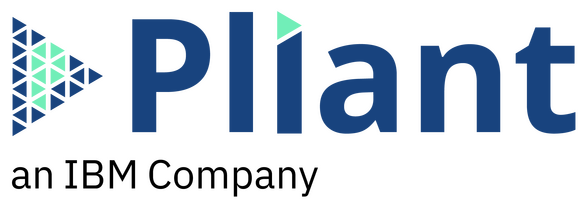As enterprises digitally transform to meet ever-changing business demands, embracing new technologies to optimize the IT tech stack is an emerging skill set required by IT managers across industries. Given the rate at which new digital platforms and tools have grown, compounded by the change in how we work due to the pandemic, it’s understandable that the challenge of keeping pace with business growth while upholding service delivery promises is very real.
In this guide, we’re breaking down the process of sorting through the technological landscape as it relates to IT automation to help IT teams optimize their operations and positively impact business results.
Does This Complement or Replace My Existing Automation?
As tech stacks have grown more complex and disparate, every new tool that you add to your infrastructure needs to undergo a rigorous assessment to understand its ROI. Does it add value to your team, clients, or business model? And, more importantly, does it serve as a complement to your other platforms, or is it a replacement?
How to Decide if Your New Solution is a Complement or Replacement
Ask the following questions to determine whether or not you should view a new solution as a complement or replacement:
Your New Solution May Complement Existing Tools For a More Complete Architecture
All of the tools you need to effectively monitor or make updates within your infrastructure may be disparate and unresponsive to one another. You need one centralized location that can sync all of these services so that there is no time or energy wasted trying to track down and use multiple platforms.
If your new solution is a true complement to your infrastructure, it should function to:
- Ingest existing automation to enable your business to start achieving an ROI on day one and to realize digital transformation and IT integration projects in less time and at less cost.
- Act as a single source of truth so that all automation can be centralized, audited, and run from a single secure location — no longer residing on numerous servers, desktops, etc.
Complementary Use Case:
How Pliant Facilitated ITSM Automation with ServiceNow
Pliant provides a robust, automated solution to validate, diagnose, and quickly resolve incidents via ServiceNow tickets. Pliant reads and updates ticket data from ServiceNow in real-time to enable automated incident resolution: before it costs you time and money.Only when tickets require human attention will Pliant escalate them for human review, in which case robust automation can be implemented to handle and mitigate any incidents of similar cause in the future. In this example, we see Pliant saving the equivalent of two full-time employees by enabling disparate services to orchestrate a response to an issue.
Your New Solution May Replace Existing Ones For Increased Efficiencies and Streamlined Processes
Nearly 40% of IT professionals across silos report that writing the code to automate at the API-level is their biggest challenge. The learning curve can be a challenge, and reducing barriers to entry when it comes to implementing infrastructure automation is a business imperative that a replacement platform can solve.
If your new solution is a true replacement in your infrastructure, it should function to:
- Lower the coding barrier to entry with low-code solutions that allow more people across your organization to write meaningful automation and eliminate the guesswork of working within the confines of specific vendor API’s.
- Set a common starting point for all automation to clear the slate and give your organization room to scale. Your new solution should eliminate the days and weeks of research (and the weeks and months of writing code).
Replacement Use Case:
Auto-Provisioning of Virtual Machine Infrastructure
A tier-one operator was faced with the challenge of provisioning virtual machines (VM) in multiple different private cloud technology stacks.The required IT and network engineering skill sets to accomplish the task made it such that it was taking over a week to get a VM spun up from start to finish.
By deploying Pliant to provision the VM, the operator was able to reduce the end-to-end time from 8 days to 6 minutes and make it so the technology stack was transparent for end-users. In addition to the time savings, the reduction in human error and the streamlining processes allowed the business to move faster and become more agile for customers.
The Next Step to Building End-to-End Automation
Run All of Your Automation from a Single Secure Location
Modern business requires a fundamental shift in the way IT organizations deploy and manage technology. The rapid change and complexity of today’s infrastructure demands solutions that are easy to use, reduce human error, and ensure compliance.
Pliant’s low-code platform for Process Automation simplifies how operations and engineering organizations build and deploy automation. By transforming API code into low-code building blocks, Pliant simplifies, streamlines, and secures the communication between your mission-critical platforms, services, and applications.
From a single platform, citizen developers are able to build consistent and meaningful automation across platforms, services, and applications in minutes — maximizing value across the entire technology stack in one place.
For more on effectively building an end-to-end infrastructure automation experience within your organization, download our complete guide Does This Complement or Replace My Existing Automation?
Ready to get started? Make Pliant your single source of truth for all infrastructure automation. See the platform in action by requesting a demo today.





